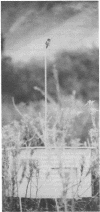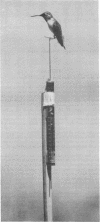Abstract
Rufous hummingbirds periodically establish and defend territories along their summer southward migration route. Using artificial perches attached to spring or electronic balances in the field, we were able to measure daily weight changes in undistributed, individually marked birds. The territory size (number of flowers) of individual birds varied from day to day. Four of five intensively studied birds adjusted their territories to that size which was associated with the fastest sustained rate of weight gain attained at any stable territory size. The one exception was explicable on the basis of its unusually high weight. These results are consistent with the assumption of optimization theory that animals are capable of assessing when their behavior (e.g., territory size) is suboptimal and then making adjustments toward an optimum. The results also suggest, although not conclusively, that these birds are selected to maximize their rate of weight gain on each stopover prior to resuming migration.
Keywords: energetics, field measurements, migration, optimization, territoriality
Full text
PDF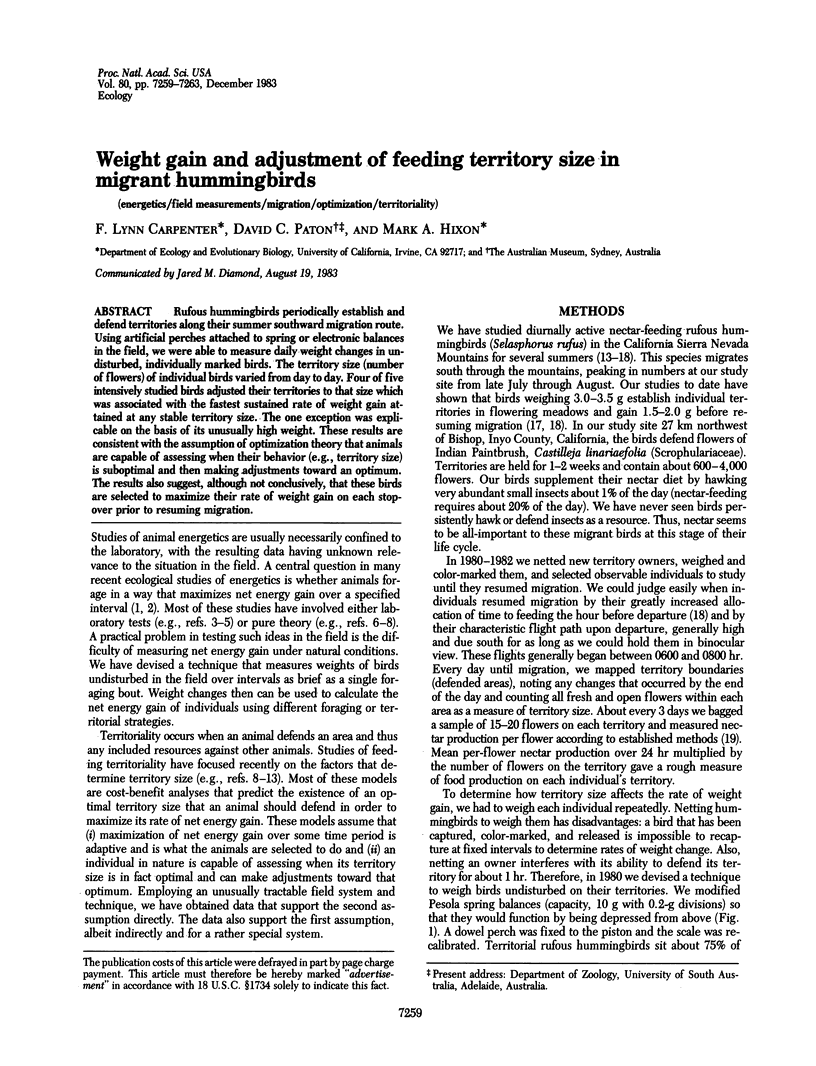

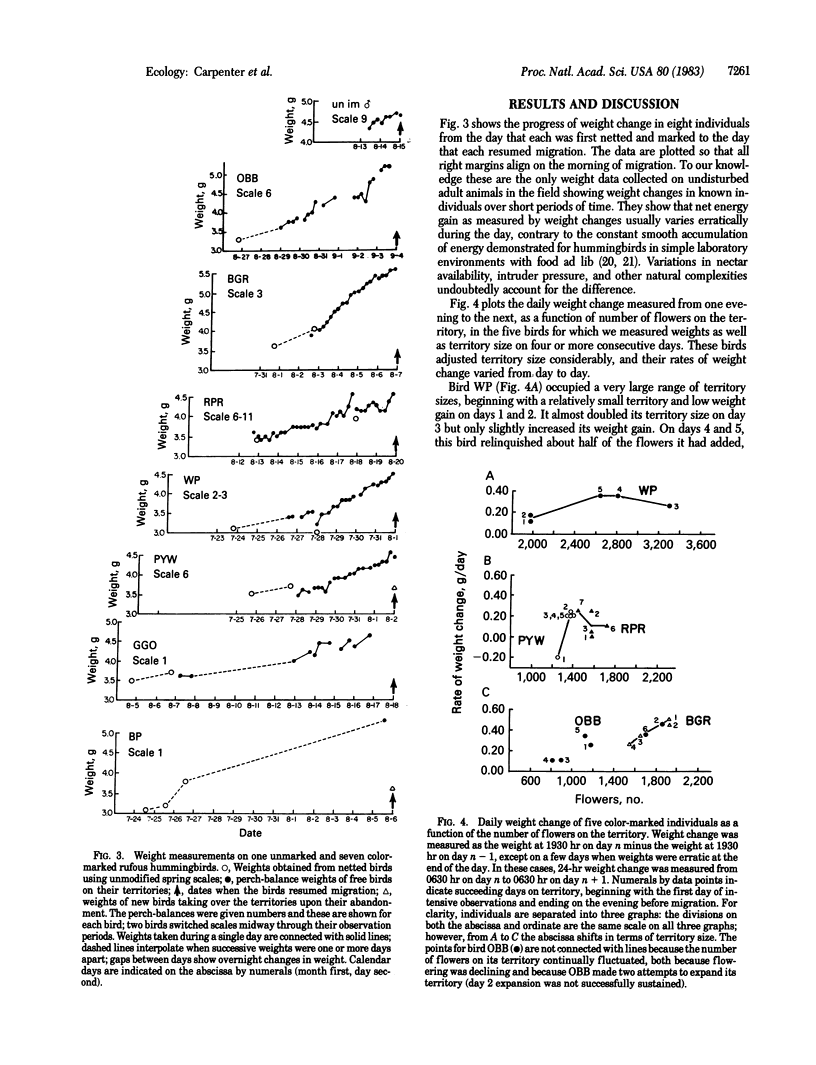
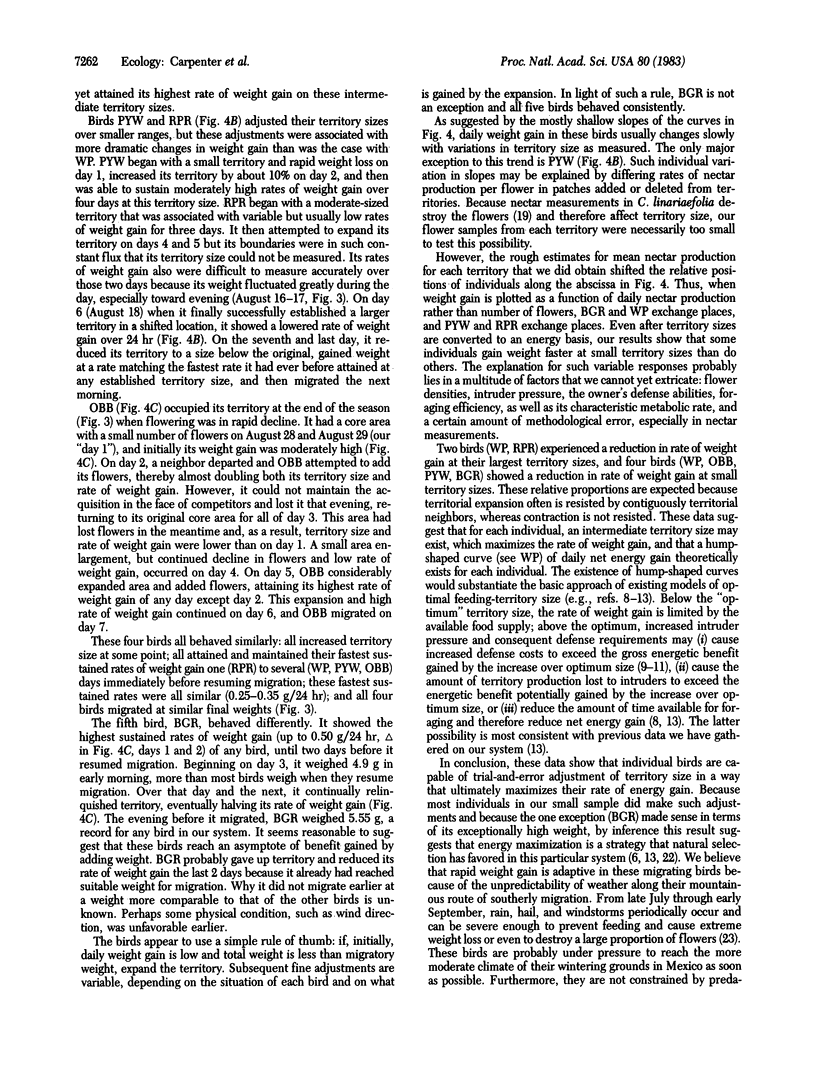
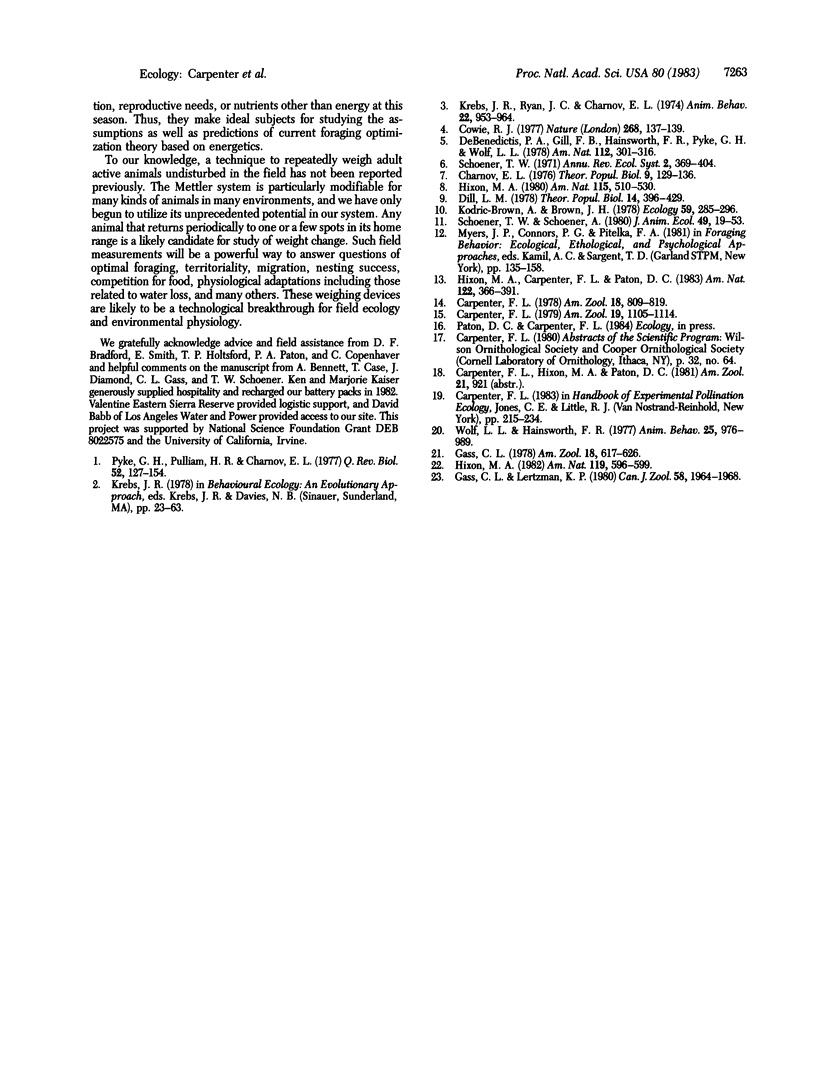
Images in this article
Selected References
These references are in PubMed. This may not be the complete list of references from this article.
- Charnov E. L. Optimal foraging, the marginal value theorem. Theor Popul Biol. 1976 Apr;9(2):129–136. doi: 10.1016/0040-5809(76)90040-x. [DOI] [PubMed] [Google Scholar]
- Dill L. M. An energy-based model of optimal feeding-territory size. Theor Popul Biol. 1978 Dec;14(3):396–429. doi: 10.1016/0040-5809(78)90016-3. [DOI] [PubMed] [Google Scholar]



